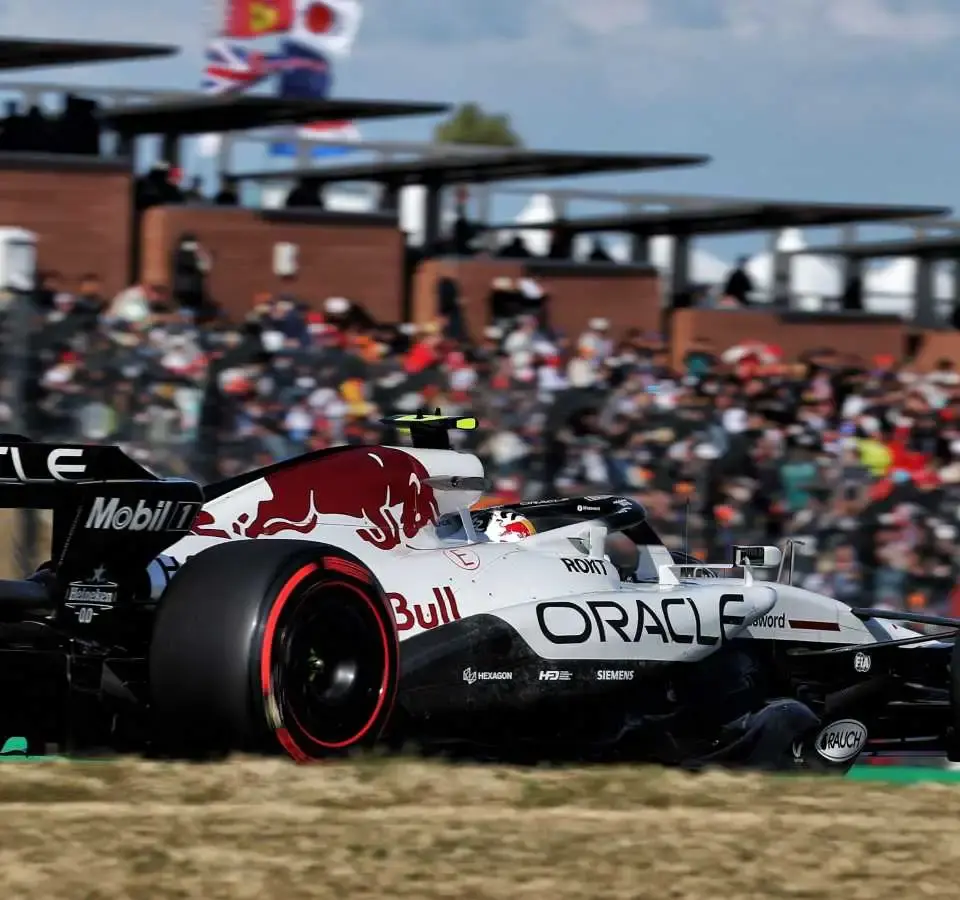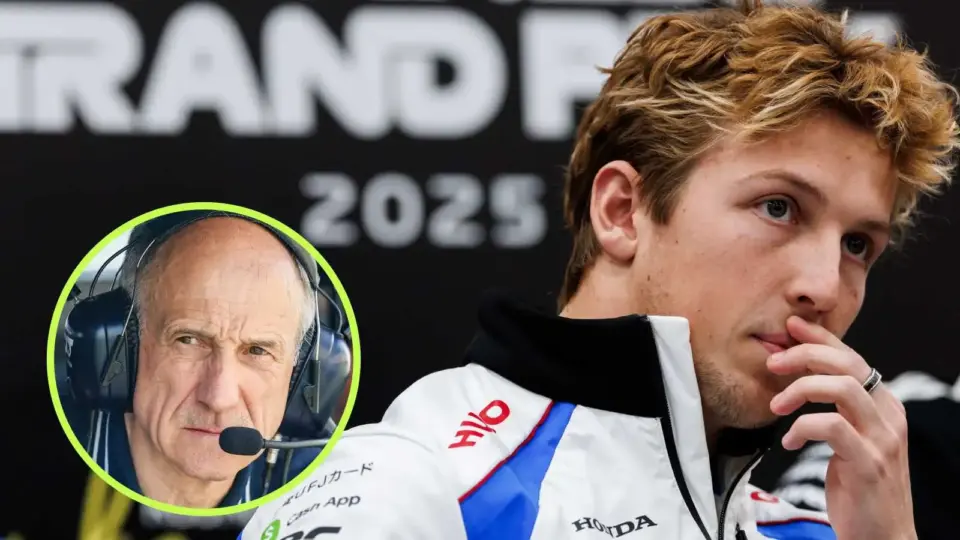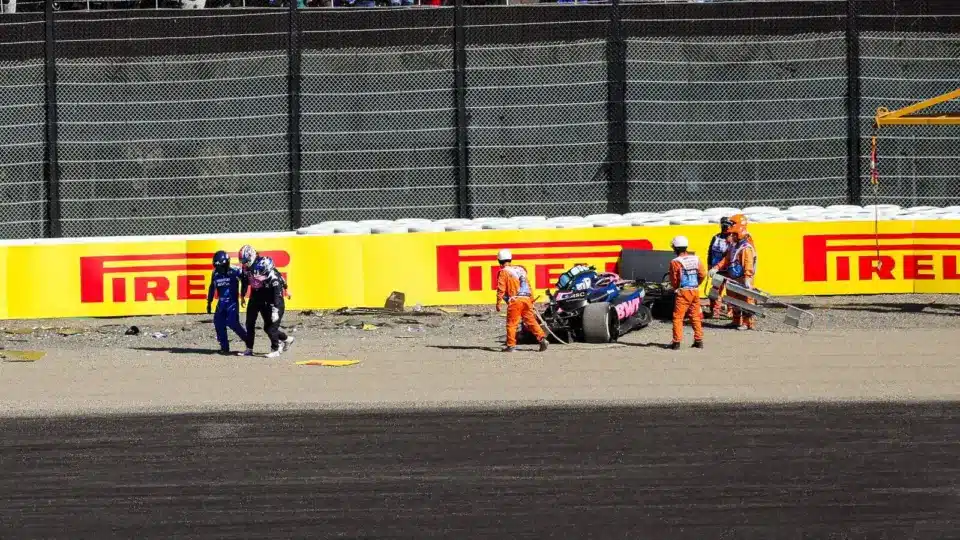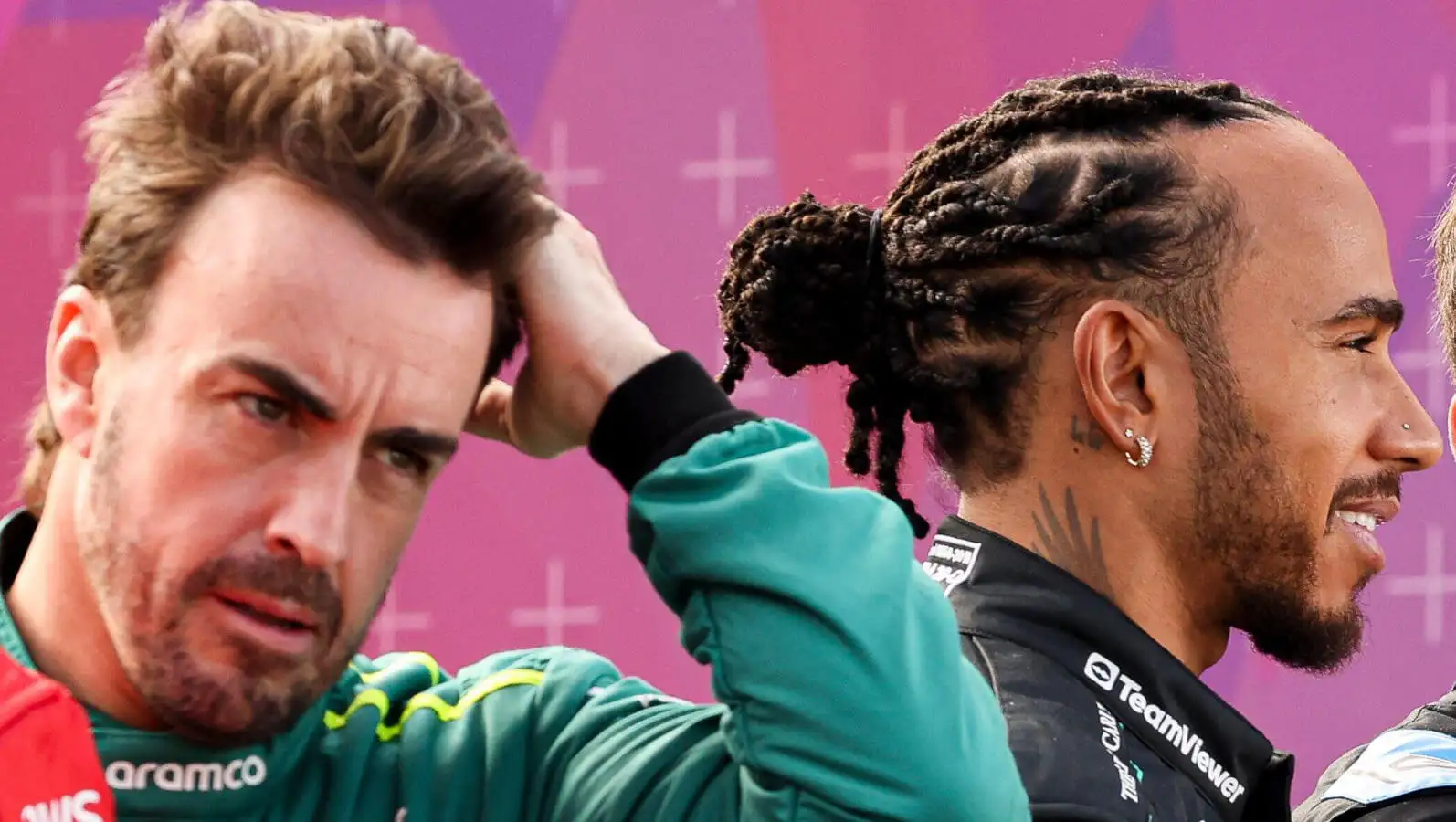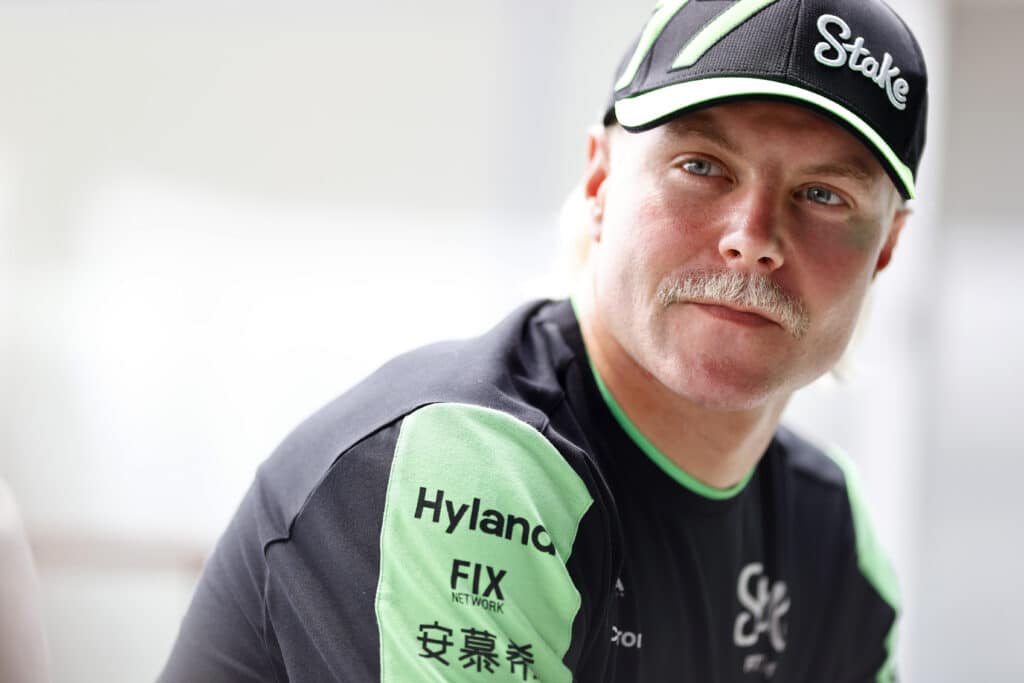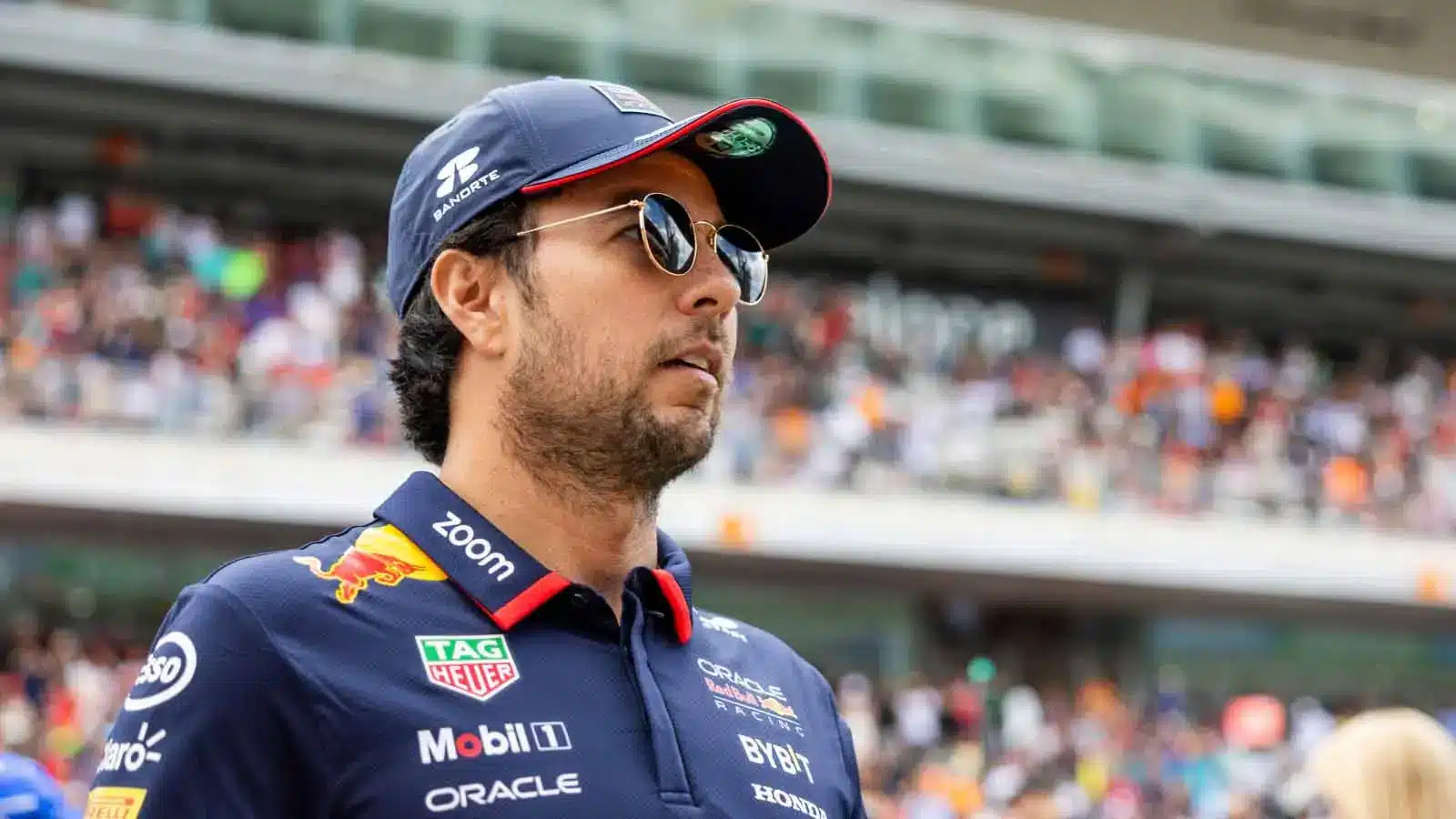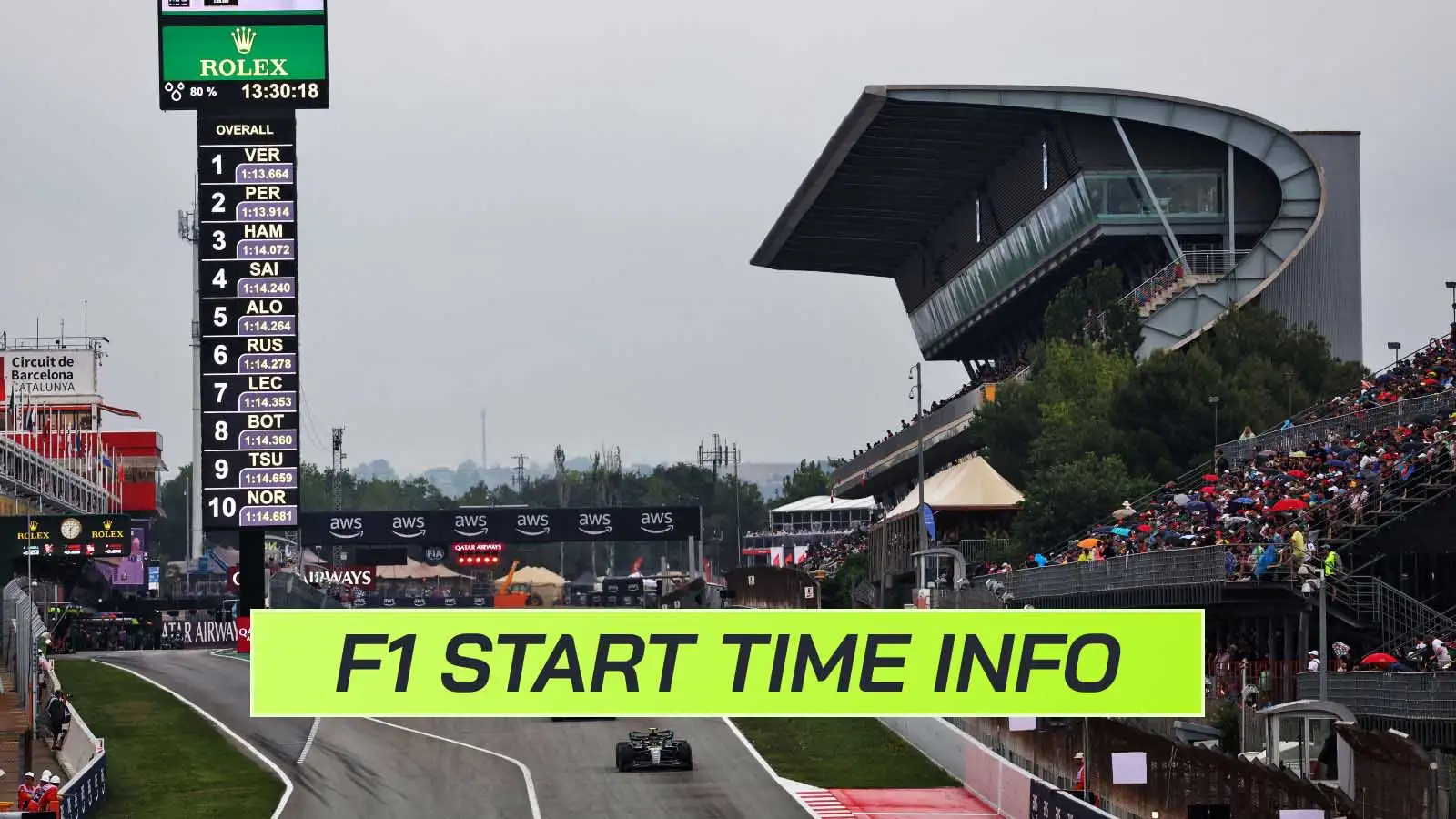Red Bull’s RB21 has been labeled ‘twitchy’ by some drivers and engineers, stirring up discussions around its driveability.
- Chief Engineer Paul Monaghan addresses the concerns, stating that every car on the grid exhibits some level of ‘twitchiness’.
- Max Verstappen remains confident but acknowledges that their pace is not where they want it to be, hinting at necessary improvements.
- Drivers Sergio Perez and Liam Lawson have struggled with the car’s sensitivity, comparing it to a challenging ‘computer mouse’.
- Monaghan emphasizes the importance of making both Red Bull cars competitive, drawing lessons from early-season races.
In the world of Formula 1, car performance can be as precarious as balancing on a tightrope. Red Bull’s RB21 has recently drawn attention from drivers and fans alike for its so-called ‘twitchy’ nature. Chief Engineer Paul Monaghan responded to these claims by suggesting the phenomenon is not unique to Red Bull. ‘I bet there are 18 other twitchy cars in this pit lane,’ he remarked, implying that each team faces its own challenges with car stability.
While Verstappen continues to push the limits, aiming to elevate the team’s position, he candidly admitted they are ‘not where we want to be’ in terms of pace. This candid acknowledgment underlines a significant aspect of the competitive nature in F1, where even the smallest shortfalls can mean the difference between victory and defeat. Verstappen’s ability to maximize the potential of a car dubbed akin to a ‘computer mouse’ by his peers showcases his exceptional driving skill and adaptability.
The sensitivity of the car has resulted in notable difficulties for some drivers. Both Sergio Perez and Liam Lawson have voiced their struggles with the RB21, finding it challenging to extract consistent performance. Monaghan, however, sees this as a relative challenge, noting that each driver’s experience might differ based on various factors including track conditions and driving style. Despite these hurdles, he is confident in the improvements made from the RB20 and believes that further enhancements will position Red Bull as strong contenders.
Monaghan discussed the changes made to improve the driveability of the RB21, advocating for a stable yet swift car. The goal is to shave off mere hundredths of a second per corner to bridge the gap to the fastest car. ‘If we find a few hundredths in each corner, all of a sudden, we’re on the pace of the current lead car,’ he noted optimistically. This precision-focused approach demonstrates Red Bull’s commitment to continuous improvement, showing that every fraction of a second counts.
While addressing the car’s challenges, Monaghan highlighted the significance of extracting the best from both Red Bull cars. Ensuring that Yuki Tsunoda, who has taken over Liam Lawson’s position, can perform on par with Verstappen is central to their strategy. In Monaghan’s own words, ‘it’s in our interest to get the best out of both cars,’ as this would enhance their standing in the Constructors’ Championship and bolster team morale across the board.
Navigating the season with a ‘twitchy’ car, Red Bull remains focused on refining their vehicle’s stability and speed.
